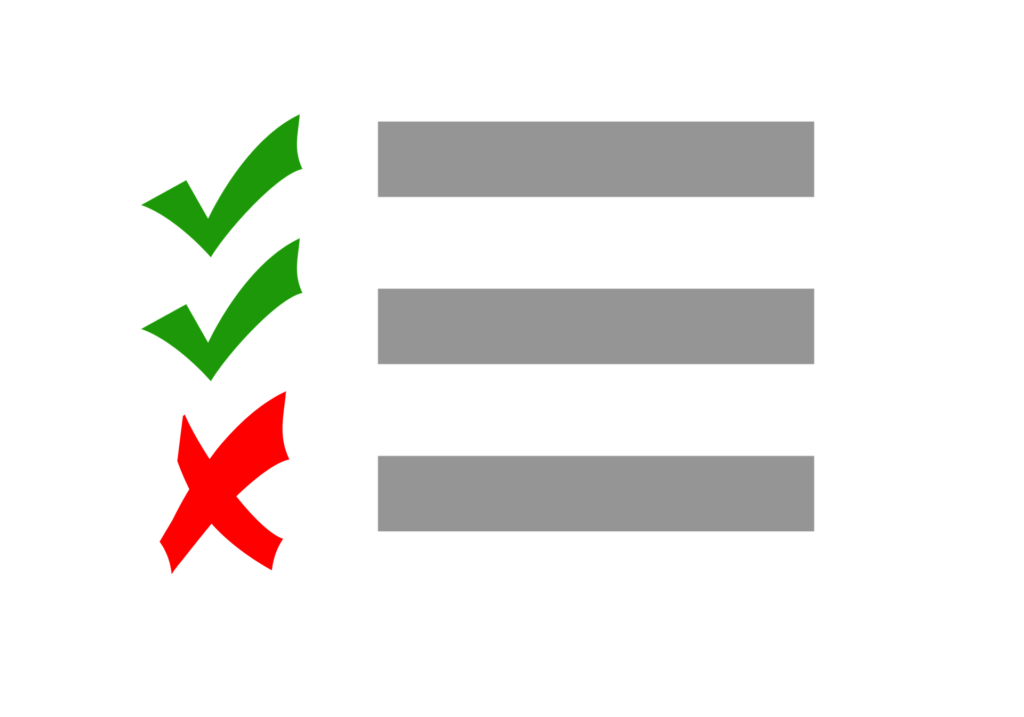Inspire Improvement by “Grading” Communication

Though there are plenty of valid arguments to the contrary, most research indicates that, in school, grades play an important role in helping students learn. They’re an incentive to work hard and a measure of success (or at least, we hope, progress).
Beginning when they’re very young, we grade students on their proficiency in just about every discipline—from their grasp of the multiplication tables to their ability to decode classic literature to their proficiency with the periodic table. But when it comes to communication, outside of maybe a semester of speech class sometime in grade school, we rarely offer more than subjective feedback. (“Try not to fidget so much when you’re speaking,” or “Make stronger eye contact with your audience.”) As a result, graduates are entering the job market lacking some of the most critical professional skills they need to build successful careers.
In fact a recent report from PayScale, which surveyed more than 60,000 managers, found that 39 percent of new, straight-out-of-school hires were lacking in public speaking skills, and nearly half needed to work on their general communication abilities.
If that’s the case, and if, as Bloomberg’s 2016 Job Skills Report shows, communication is the number-one skill recruiters look for in new hires, shouldn’t higher-ed institutions be doing everything they can to ensure graduates are equipped with that skill before they receive their diplomas?
Though traditionally, communication has been considered a “soft skill” with few characteristics to objectively evaluate, thanks to innovations in artificial intelligence and machine learning coupled with years of academic research, we can now measure communication.
Now, along with the grades we assign students based on their content mastery, we can also assign numeric values to the proficiency with which they communicate that content.
This means university professors can now offer the same incentives to work hard, foster the same sense of competition, and track progress in the same way for communication as we can for the hard skills students are learning in class.
Of course, as with any subject, we understand those scores are ineffective on their own. Without the context of expert feedback, a grade is nothing more than a number. That’s why, at Quantified, we pair our quantitative analyses with AI-generated feedback and action plans developed by world-class communication experts and tailored specifically to each user’s unique scores. That way, users understand not only how they’re doing, but how they can improve.
And it works.
Last year, we implemented a program to help Wharton’s eMBA students improve their leadership communication abilities by using our AI-driven communication analysis platform to evaluate their communication skills. We analyzed communication samples from fifty-four students, showing them their initial scores, the areas in which they were already proficient, the areas in which they could stand to improve, and custom feedback tailored to their current skillsets.
When we analyzed the students’ second communication samples, after they’d had time to understand their scores and work on their development opportunities, we saw an average overall increase of 17.4 percent.
Communication may be an art, but it’s also a science, and we can measure and improve it with the same level of accuracy, giving our students and aspiring leaders a clear advantage as they leave their university programs and begin their careers.
What are we waiting for?